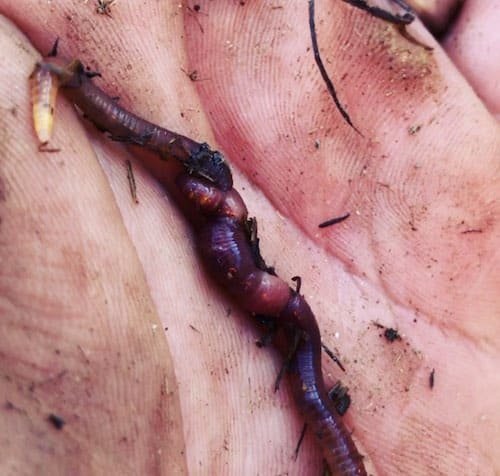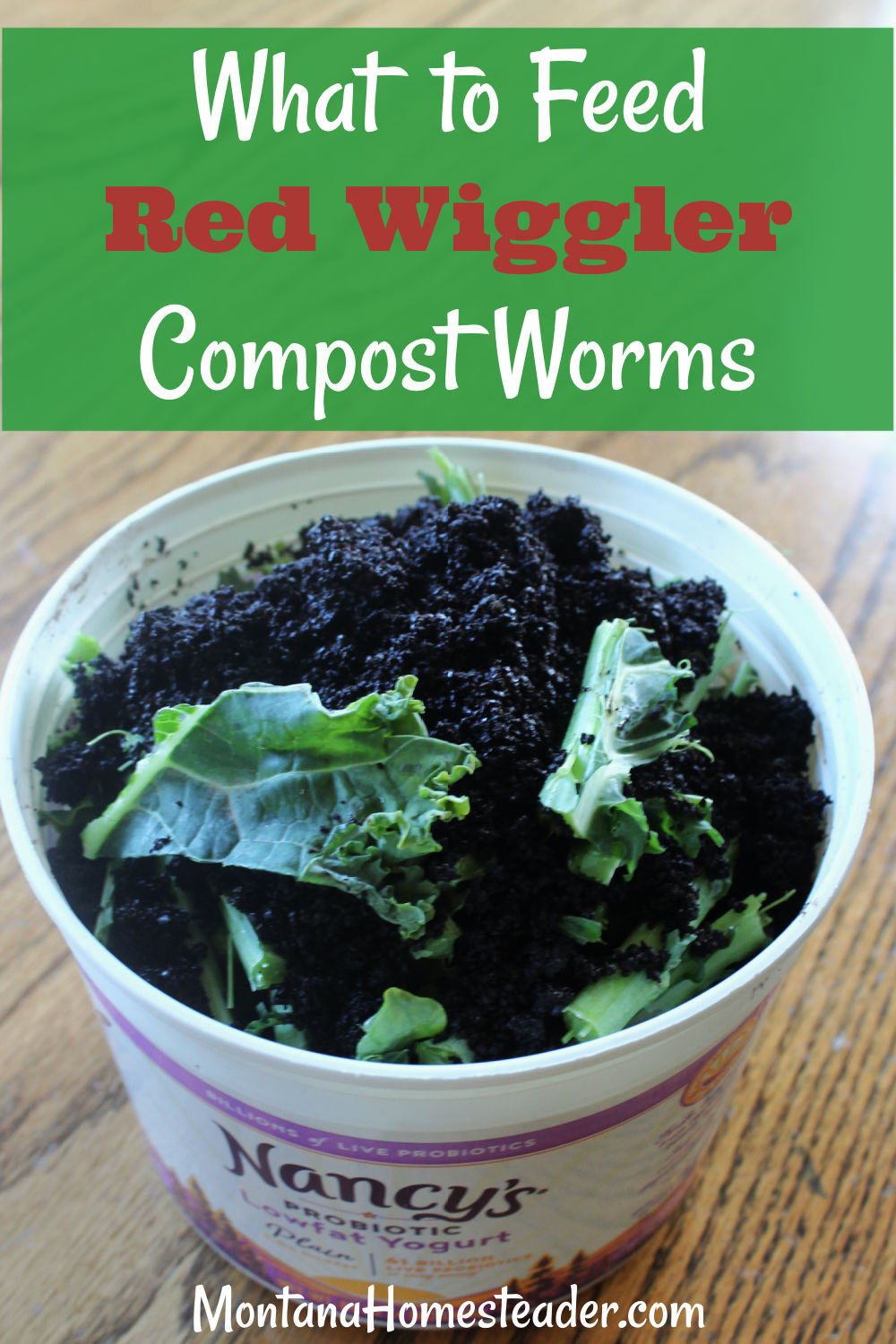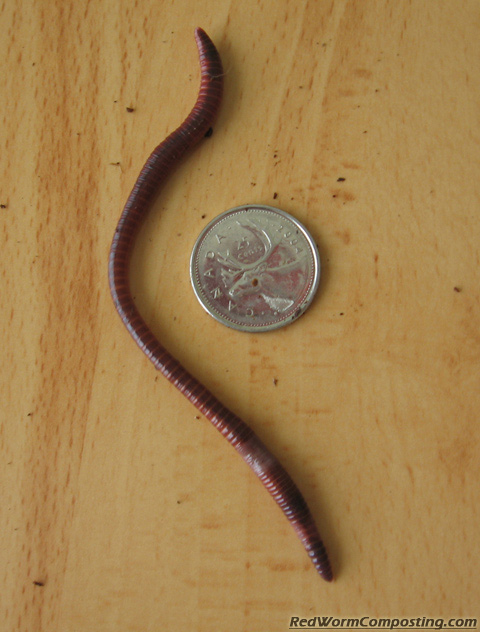Lake Hickory Bait: Your Ultimate Source for Reliable Fishing Gear
Lake Hickory Bait: Your Ultimate Source for Reliable Fishing Gear
Blog Article
Red Wigglers 101: Every Little Thing You Required to Know for Thriving Gardens
Red wigglers, or Eisenia fetida, play an important role in sustainable horticulture techniques, acting as efficient decomposers that transform organic waste right into valuable vermicompost. Comprehending their habitat, dietary preferences, and the myriad benefits they offer can transform your horticulture method (Red Wiggler Express). As these worms grow in details problems, their care and monitoring are vital for maximizing their payments to soil health and wellness. The concern stays: what steps can you take to harness the full possibility of these remarkable microorganisms in your very own yard?
Understanding Red Wigglers

Red wigglers thrive in settings rich in organic product and wetness. Red Wiggler Express. They possess an one-of-a-kind gastrointestinal system that permits them to process food scraps promptly, secreting castings that are packed with necessary nutrients such as nitrogen, phosphorus, and potassium. These spreadings improve soil framework, enhance water retention, and foster advantageous microbial task, every one of which contribute to robust plant wellness
In addition, red wigglers can survive in varied problems, making them versatile to different gardening practices, including interior and exterior composting systems. Their capacity to eat big amounts of organic waste daily settings them as useful allies for both home gardeners and business growers. By integrating red wigglers into horticulture efforts, one can considerably enhance dirt fertility and support sustainable horticulture techniques.
Suitable Environment for Red Wigglers
Developing an ideal setting for red wigglers is vital for maximizing their composting capacities and overall health and wellness. Red wigglers thrive in damp, dark, and well-aerated habitats, which carefully resemble their natural surroundings in leaf litter and rotting raw material. An ideal habitat ought to supply a temperature level range between 55 ° F and 77 ° F(13 ° C to 25 ° C), as severe temperatures can worry or harm the worms.
The bed linens product, such as shredded paper, cardboard, or coconut coir, ought to be kept moist however not excessively wet, as too much moisture can bring about anaerobic problems destructive to worm wellness. Furthermore, a pH level between 6.0 and 7.5 is optimal, making certain a well balanced setting.
Appropriate aeration is just as crucial; it permits oxygen flow and protects against the build-up of dangerous gases. A container or bin developed for vermicomposting must have drainage openings to remove excess wetness and advertise airflow. Normal monitoring of these conditions is vital for preserving a flourishing red wiggler populace, eventually boosting their performance in breaking down natural waste and improving yard dirt.
Dietary Demands and Preferences

Red wigglers exhibit specific choices; they are specifically keen on softer, disintegrating materials over more difficult or more coarse substances. It is vital to prevent feeding them citrus peels, onion, and garlic in large amounts, as these can be dangerous. Additionally, meat, milk, and oily foods must be omitted, as they can bring in bugs and develop unpleasant odors.
(Hickory NC Worms For Sale)Eco-friendly materials, such as veggie scraps, supply nitrogen, while brown products, like cardboard and dried out leaves, supply carbon. By providing to their dietary needs, garden enthusiasts can promote a flourishing populace of red wigglers in their garden compost systems.
Advantages of Utilizing Red Wigglers
The remarkable benefits of making use of red wigglers in horticulture expand far past their function in composting. These flexible organisms add dramatically to dirt wellness, boosting nutrient schedule and promoting microbial task. By freshening the dirt as they tunnel, red wigglers enhance drain and origin infiltration, creating an look at this web-site optimum setting for plant development.
Moreover, red wigglers are reliable recyclers of natural waste, converting it right into nutrient-rich castings that function as an outstanding natural fertilizer. These castings include valuable microbes and essential nutrients, such as nitrogen, phosphorus, and potassium, which are essential for plant advancement. The slow release of nutrients from worm castings makes sure a consistent supply, reducing the risk of nutrient leaching and advertising sustainable gardening methods.
Using red wigglers cultivates a much more sustainable horticulture strategy by decreasing dependence on chemical fertilizers and promoting a closed-loop system, where waste is transformed right into beneficial sources. Generally, incorporating red wigglers into gardening practices supplies a wide range of ecological and farming advantages.
(Red Wiggler Express)
Composting With Red Wigglers

To initiate an effective vermicomposting system, select an appropriate container with proper ventilation and drainage. The perfect atmosphere for red wigglers includes a damp, dark setup with temperatures in between 55 ° F and 77 ° F. Begin by layering shredded paper, cardboard, and food scraps, guaranteeing a balanced mix of carbon and nitrogen-rich products.
Red wigglers grow on veggie peels, fruit scraps, coffee premises, and eggshells, while avoiding meat, dairy, and oily foods that can draw in pests. Consistently keep an eye on moisture levels; the bed linen needs to perspire yet not soaked. Harvest worm castings every couple of months by separating the worms from the garden compost, which can after that be utilized straight in yards or saved for later use.
Implementing vermicomposting not just decreases land fill waste yet additionally improves garden soil, advertising healthy and balanced plant growth and sustainable horticulture methods. Accept this eco-friendly method to boost your horticulture ventures.
Conclusion
In recap, red wigglers are essential organisms for enhancing garden efficiency via efficient composting. By making use of red wigglers, gardeners can substantially improve soil top quality and nutrient accessibility, cultivating healthier plant development.
Report this page